Blockchain is a decentralized, distributed digital ledger that records transactions across several computers, thus ensuring that no single record involved can be altered retroactively without altering all subsequent blocks. It can be public or private, and its use is being adopted by private, public, and government entities throughout the United States and across the globe.
Blockchain is best known for its use with Bitcoin, but it has widespread applications and is catching on like wildfire. The application of blockchain in the government sector can increase trust, protect data, improve efficiency, and reduce costs, so federal agencies are adopting it at a rapid pace. “Bringing Blockchain into Government,” a 2019 report provided by research institution Data Foundation and global consulting firm Booz Allen Hamilton, expands on how the federal government can apply blockchain.
Blockchain Impacts and eDiscovery Ramifications
At Infotrend, our team specializes in both enterprise big data management and blockchain. Using open source technology, we are experts in cryptocurrency and Blockchain application development. Our solutions leverage our artificial intelligence (AI) expertise in neural networks, natural language processing, sentiment analysis, anomaly detection, entity resolution, unsupervised learning, object classification, and segmentation and object detection (both cloud and on-prem solutions).
To identify top transactions and understand their granularity, Infotrend applies blockchain and AI to risk monitoring. We also use AI to identify legitimate versus illicit transactions to promote compliance. For example, we can identify pump and dump schemes, fraud susceptibility, price manipulation, and reporting avoidance. This promotes security and transparency for federal agencies. We also develop highly effective executive dashboards and deeper-dive dashboards, making it easy to keep a finger on the pulse of any federal project.
Blockchain technology can be used in eDiscovery to maintain logs, user records, and data backups in order to maximize transparency. eDiscovery practitioners use this improved level of transparency to track down relevant data and ownership of actions at a granular level. Infotrend takes blockchain to the next level by using it to predict activities before they are made public. We also use it for monitoring, daily spike usage, and fraud detection. Cloud platforms are beginning to create ledgers of transactions and activities that occur on platforms, simplifying the process of uncovering sources of discovery or business records.
The Future of Blockchain
Advances like blockchain can change our perspectives and transport us from an “old school” cloud-based storage to an advanced decentralized approach. According to a report from IDC Government Insights released in April of 2019, federal government spending on blockchain is predicted to increase from $10.7 million in 2017 to $123.5 million in 2022. Of all the technological areas related to the government’s blockchain spending, information technology represents the highest investment, as it is predicted to reach $90.4 million by 2022.
Infotrend recognizes the challenges unique to federal government — specifically as there is often a need for both transparency and security, each of which requires a different blockchain approach. Infotrend has the expertise and knowledge needed to guide federal clients through the process of selecting the best approach based on unique needs of different federal agencies.
What federal government applications do you predict we will see in the next ten years, as blockchain decentralizes and revolutionizes transactions of every type, across the globe?





